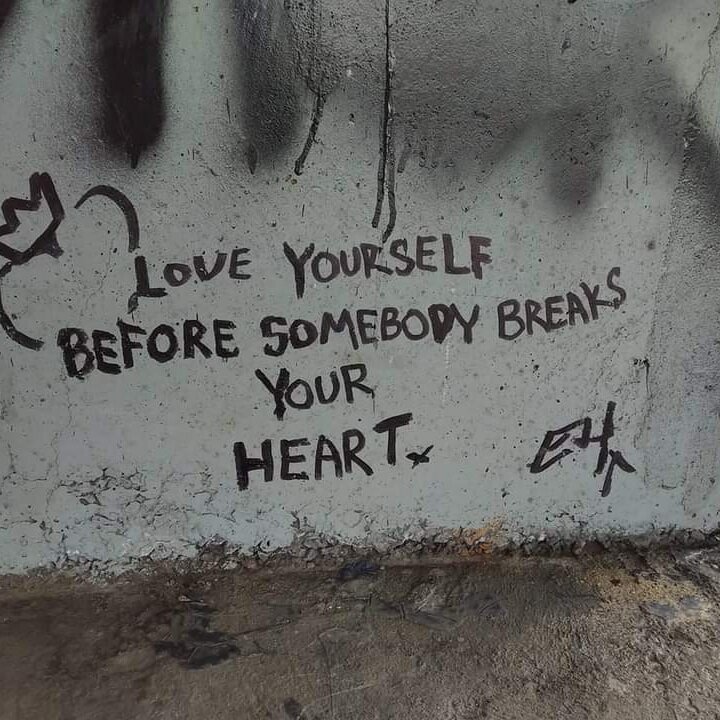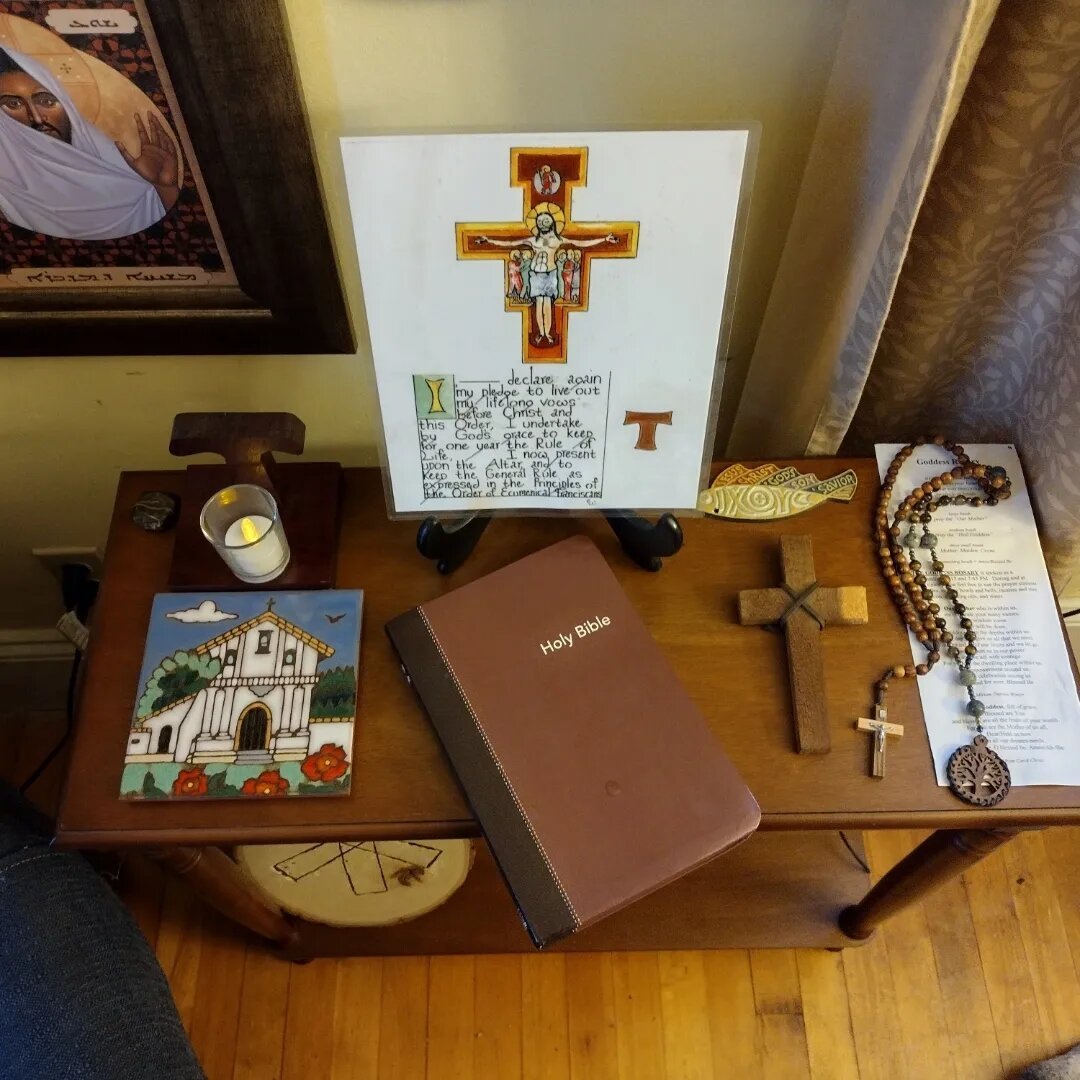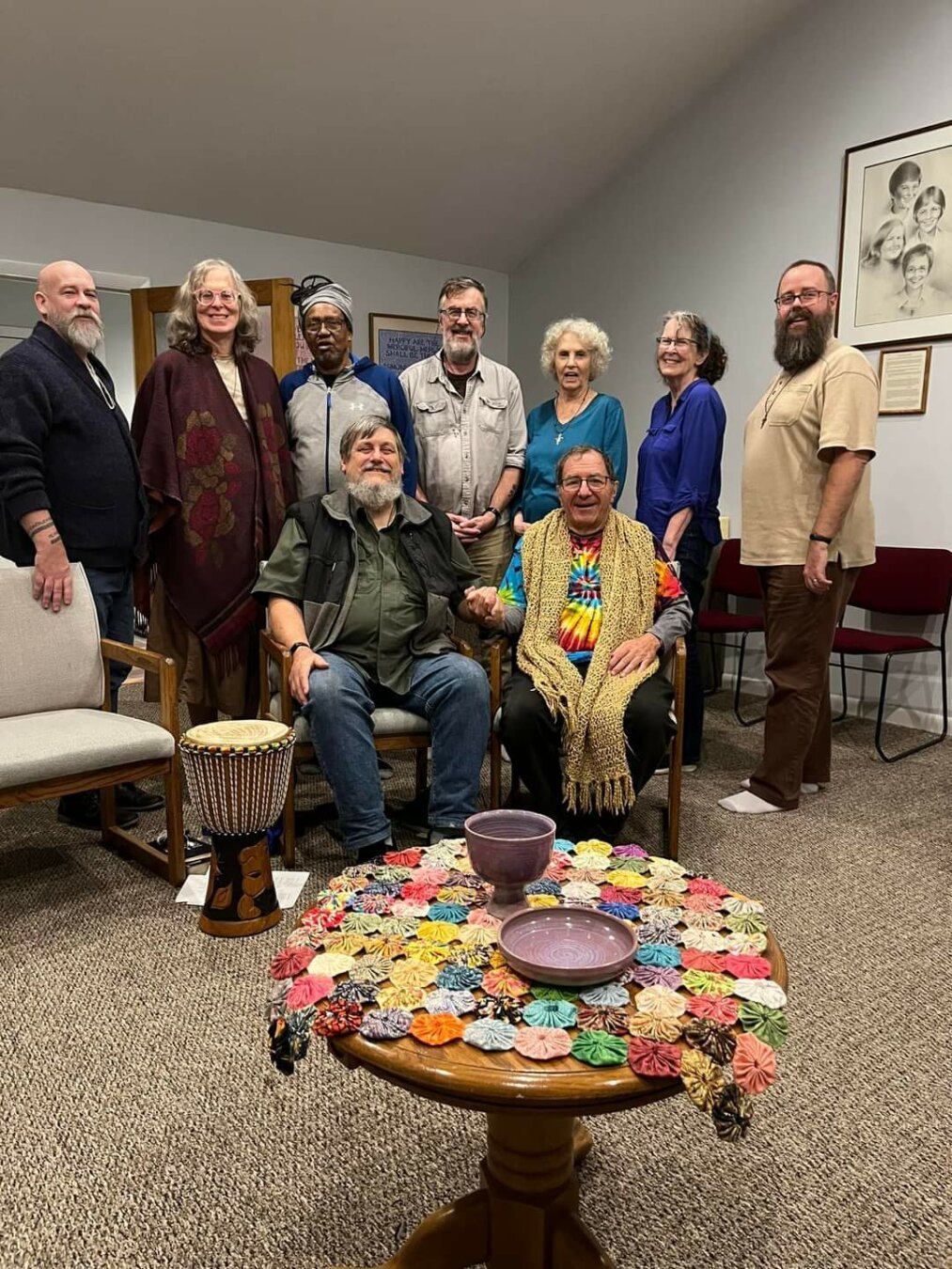Staying Afloat

It’s been a little bit as I’ve been spending time being gentle with myself. I hope that my readers and clients find ways to take that freedom too when life is momentous, heavy, or hard. Almost immediately after sharing my post about the reflective practices of Holy Week, my own family life was upended by loss, grief, and bereavement.
Inside our household at St. Clare House, we’ve been riding the waves of challenge as our dog Matteo ages. He is losing his sight. He isn’t a puppy or even an adult dog now at 14 years old. He’s a senior. Along with this slow moving transition, he had a serious bout of pancreatitis, which can be fatal if left untreated. While he has made it through treatment and a restricted medical diet and seems to be doing well, this is another step in the aging process of decline. Recognizing that a beloved creature has less time left than we have already richly enjoyed brings grief.
As if this were not enough, all of these household gyrations and animal hospital visits took place in the same space as a broader family loss. My partner’s father had been failing in health since 2022, and in 2024 the decline worsened. So it was that on Wednesday of Holy Week we were rushing to the animal hospital even as our other family members were taking him to the emergency room on Holy Wednesday.
Unsure of how things might play out, knowing how many small emergencies had subsided in the past two years, we remained home for one more night. The very next morning we were greeted by the phone call no one wants to get, “something has happened and they are working to revive him.” Fifteen years of chaplaincy and bereavement care in the parish told me that we had arrived at the final chapter.
In lieu of the traditional Holy Week exercises, we spent Maundy Thursday racing to Connecticut so we could be bedside with the rest of the family. We participated in my father-in-law’s receiving the sacrament of the sick and last rites. We said goodbye to this well loved father, father-in-law, husband, friend. We learned the gut punch of the Paschal mysteries first hand as we watched him die.
We held each other in tears, through donated meals, in wondering, in processing, in sorrow, and in relief. We stayed close to the upper room of the family dining room, wondering if there could still be life in the face of this very real loss. We began the process of telling the story of this man we loved to one another, so that we would be ready to recount it to others in the days ahead.
The shock of Good Friday. The silence of Holy Saturday. All embodied in a gathered body in a family childhood home. Easter was weird. The mention of my father-in-law in the intercessions brought fresh weeping. The meal was delicious and good, and it was so good to be together and yet so strange. Somehow we had come to the day of resurrection “still doubting and wondering”.
At first, I felt thrown by this turn of events, and by the way in which the rituals of personal bereavement had supplanted the ritual practice of the Holy Days. In addition, I had finished a Lenten routine that I dearly loved and found very anchoring throughout the season, and it seemed as though now I was untethered.
It was only as I was reflecting with my own spiritual director that I saw how I was riding out the storm thanks to the ballast of my practice (both old and keeping a few items from Lent), and that while I might feel a bit rudderless (unable to steer), my balance in the waves was holding up. Daily meditation through breath prayer, walking, and my prayer rope had continued at habitual level, and I had barely noticed. The daily offices were like old friends, coming and calling each day to see how I was. Praying for others felt purposeful. These all anchored me as I gave loving guidance to family members as they planned a funeral and a celebration of life, prepared obituaries, and crafted heartfelt eulogies. My experience of doing this hundreds of times made these compassionate tasks a source of comfort to them and to me.
I’m still grieving and I will be for some time. My practice has not been a shortcut or a workaround for the bodily sensations, the warm tears, the sadness, the laughter at good memories, or the gratitude of watching a large family grieve well and marveling at the privilege of being a part of it. At the same time, I don’t feel like I’m sinking, and I’m confident that this moment of suffering can be met with compassion for myself and others.
Practice
Take a moment to sit quietly and anchor yourself in your breath.
Reflect on your week.
Can you catch yourself being kind to you?
What did that kindness look like?
When you have noticed yourself moving from fixing to experiencing, what habits helped you make that shift?
Be gentle with yourself, you are worth it.
Peace and Everything Good,
The Rev. JM Longworth, OEF Spiritual Direction and Trauma Care
https://www.sdicompanions.org/sdi-profile/GreenMtFriarOEF/ To book an appointment: https://calendly.com/greenmtfriaroef
 Here in the northern hemisphere, we’re growing accustomed to an ever growing number of daylight hours. Christian communities who follow the Gregorian calendar are in the beginning of Holy Week, a time of intense and prayerful focus on the final days of Jesus’ life and transformation of death and defeat through resurrection.
Here in the northern hemisphere, we’re growing accustomed to an ever growing number of daylight hours. Christian communities who follow the Gregorian calendar are in the beginning of Holy Week, a time of intense and prayerful focus on the final days of Jesus’ life and transformation of death and defeat through resurrection. One key function of prayer, meditation, and reflection time is a form of self-care that I like to call self-nurture. It’s the act of both attuning and attending to presenting needs and feelings the way that a caregiver does for another person. This can be especially important when puzzling over why we reacted or responded to the circumstances of our day in a way that feels “over-sized” for the actual experiences we encountered. What was happening outside of us probably began to dance with what is inside of us, our unspoken and sometimes even unacknowledged needs. Sometimes we can’t process the meaning of an experience, or begin to grasp where Divine Wisdom was unfolding in the space, because we have an unmet need, an unrealized sensation, or an incomplete physical or emotional response happening in response to what we have heard, seen, done, or had done to us.
One key function of prayer, meditation, and reflection time is a form of self-care that I like to call self-nurture. It’s the act of both attuning and attending to presenting needs and feelings the way that a caregiver does for another person. This can be especially important when puzzling over why we reacted or responded to the circumstances of our day in a way that feels “over-sized” for the actual experiences we encountered. What was happening outside of us probably began to dance with what is inside of us, our unspoken and sometimes even unacknowledged needs. Sometimes we can’t process the meaning of an experience, or begin to grasp where Divine Wisdom was unfolding in the space, because we have an unmet need, an unrealized sensation, or an incomplete physical or emotional response happening in response to what we have heard, seen, done, or had done to us.






 It’s very easy to get heavily focused on preparing for a season, a holiday, a holy time. There is a way in which a lot of U.S. culture is built on both anticipation and desire. For a lot of us who still make our way through secular life as a part of our journey, we can find ourselves pulled in many directions. Parts of us scoff at the roll-out of seasonal decorations in retail outlets. Other parts of us begin to experience anxiety and angst as social preparation for special days and holy seasons call to mind navigating challenging or hurtful relationships with family, religious communities, co-workers, and even our own shortcomings.
It’s very easy to get heavily focused on preparing for a season, a holiday, a holy time. There is a way in which a lot of U.S. culture is built on both anticipation and desire. For a lot of us who still make our way through secular life as a part of our journey, we can find ourselves pulled in many directions. Parts of us scoff at the roll-out of seasonal decorations in retail outlets. Other parts of us begin to experience anxiety and angst as social preparation for special days and holy seasons call to mind navigating challenging or hurtful relationships with family, religious communities, co-workers, and even our own shortcomings. Being a Franciscan and a Worker-Priest in the wild means that I have a blended practice that incorporates spiritual and emotional well-being in a variety of settings, not just the physical foot print of a single congregation like some of my ministry colleagues. This has meant that it’s important to create anchored spaces, both in my environment, and within myself.
Being a Franciscan and a Worker-Priest in the wild means that I have a blended practice that incorporates spiritual and emotional well-being in a variety of settings, not just the physical foot print of a single congregation like some of my ministry colleagues. This has meant that it’s important to create anchored spaces, both in my environment, and within myself.
